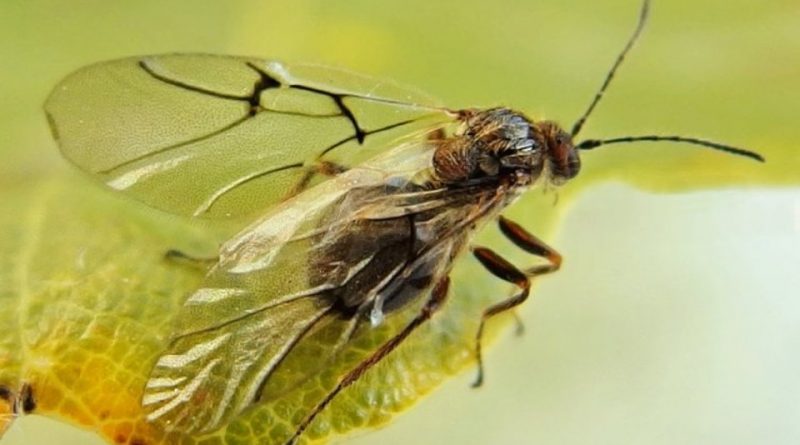Cynips quercusfolii
Cynips quercusfolii
The Cynips quercusfolii (Cynips quercusfolii Linnaeus, 1758) is a small wasp belonging to the Cynipidae family.
Systematic –
From a systematic point of view it belongs to the Eukaryota Domain, Animalia Kingdom, Sub-Kingdom Eumetazoa, Superphylum Protostomia, Phylum Arthropoda, Subphylum Tracheata, Superclass Hexapoda, Insecta Class, Subclass Pterygota, Cohort Endopterygota, Superorder Oligoneoptera, Section Hymenopterea, Hymenoptera subterma, Hymenoptera subterma. Cynipoidea, Family Cynipidae and therefore to the Genus Cynips and to the Species C. quercusfolii.
The terms are synonymous:
– Cynips gallae tinctoriae Olivier;
– Diplolepsis gallae tinctoriae Geoffroy.
Geographical Distribution and Habitat –
The Cynips quercusfolii is a small wasp that lives mainly on Quercus lusitanica (Quercia delle galle) and therefore with a territory of diffusion between Portugal, Spain (Galicia and western Andalusia) and Morocco.
Morphology –
The Cynips quercusfolii is a small insect (a few mm) with transparent wings and evident veins of a few millimeters.
The entire insect, apart from the transparent wings, is dark brown in color, with long antennae, and long and posed wings, during the resting phase along the body and protruding for over 2/3 the length of the body.
The legs are long and also brown in color.
It has a sexual dimorphism evident above all for the presence of the ovipositor in the female.
Aptitude and biological cycle –
The Cynips quercusfolii has a complex life cycle but which in the various forms produce galls, spherical in shape, in the gall oak.
These are formed by the substances injected by the insect that is used to give nourishment, after oviposition to future larvae.
The larvae lead endophytic life and develop within the characteristic galls; these represent the most macroscopic and evident distinctive element, often typical of the species.
Ecological role –
The Cynips quercusfolii produces galls on the leaves, towards the lower page; these are practically spherical in shape, with a diameter of about 10-30 mm, greenish in color first and then orange-reddish. The galls look like small balls attached to the leaves. Sometimes they can produce small galls even on the buds.
These galls are then a source of refuge and food for other insects or small animals which therefore establish a complex ecological bond.
As far as the fight is concerned, generally no one is performed, both for their low danger and for the technical difficulties of carrying out the interventions, considering the type of host plants.
Guido Bissanti
Sources
– Wikipedia, the free encyclopedia.
– Russo G., 1976. Agricultural entomology. Special Part. Liguori Editore, Naples.
– Tremblay E., 1997. Applied entomology. Liguori Editore, Naples.


